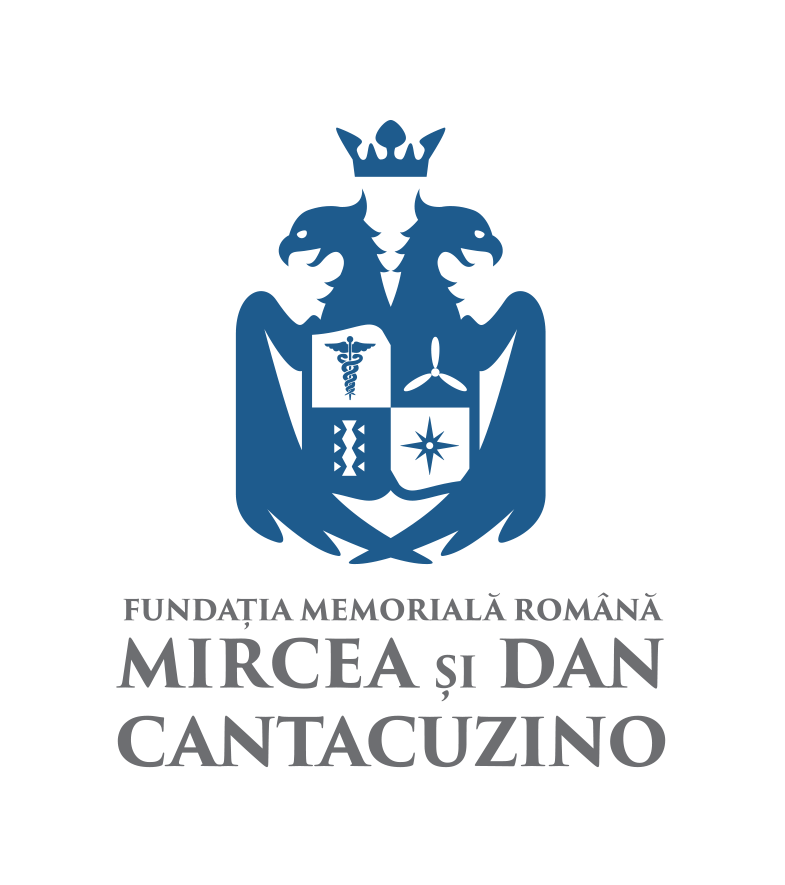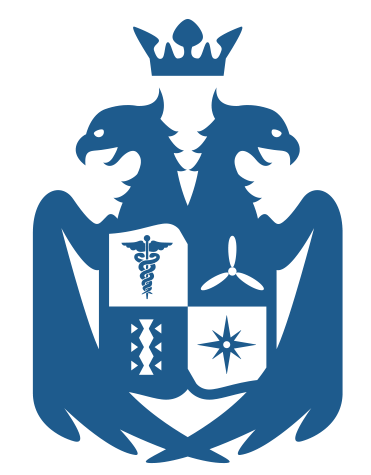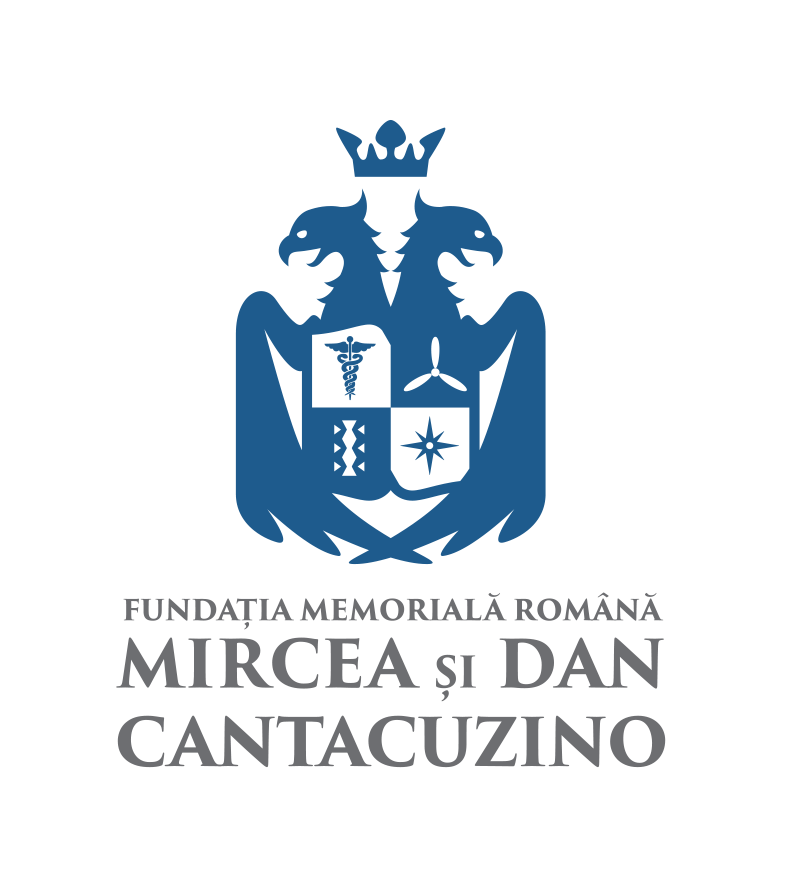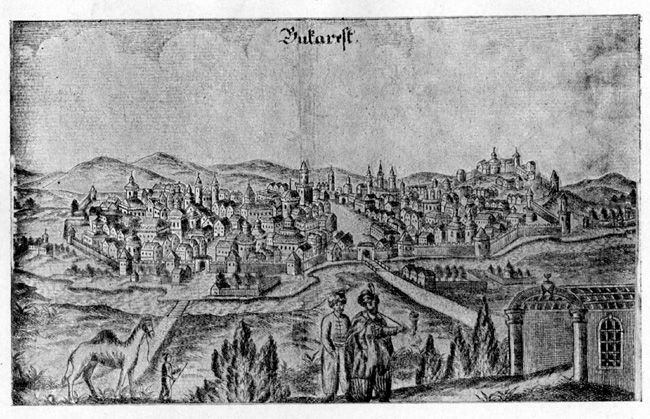Today's Bucharest preserves in some places the characteristics of the Bucharest of old, only that today's people do not have the data (perhaps even the interest) to perceive and recognize this heritage. Physically, it is no longer palpable except in the case of the churches around which the communities were traditionally formed that made what we sometimes call the plural - Bucharesti.
Nothing else has been preserved from those times, so we must know that when we find civil buildings in the city that still preserve traces from the times - let's say - of Tudor Vladimirescu's Revolution, then those are really rare living relics.
All the buildings that give the strongest historical flavor of the old town in our eyes today are made somewhere in the last quarter of the 19th century and the house in I.L. Caragiale no. 11 is also part of this cultural endowment that began to be dissipated more and more rapidly in the last 40 years.
This city was one that stretched almost unhindered from the medieval era to the beginnings of its modern administration that emerged as a result of the Russian occupation of the 1830s, an occupation that imposed the Organic Regulations and the first urban regulations in the capital.
Among them, in 1831, the Regulation also contained this remark, that the city must necessarily be constrained by some limits between which it could be administered, modernized and, last but not least, controlled economically through taxes.
We would thus say that through the delimitation put in writing by this regulation we have a first definite demarcation of the city. For previous eras, over time, great historians of the century. 19th and 20th centuries XX tried to interpret old documents and imagine what could have been the limits of the settlement that served as the stable capital of Wallachia starting from 1659, from Gheorghe Ghica onwards.We would thus say that through the delimitation put in writing by this regulation we have a first definite demarcation of the city. For previous eras, over time, great historians of the century. 19th and 20th centuries XX tried to interpret old documents and imagine what could have been the limits of the settlement that served as the stable capital of Wallachia starting from 1659, from Gheorghe Ghica onwards.
Historian Constantin Giurescu publishes a sketch of the habitation of this settlement before it was certified by the famous charter of Vlad Ţepeş, which constitutes the official birth certificate of Bucharest. The place where the house from Caragiale no. 11 was far outside the residential area, in a part that remained a swamp for a long time.
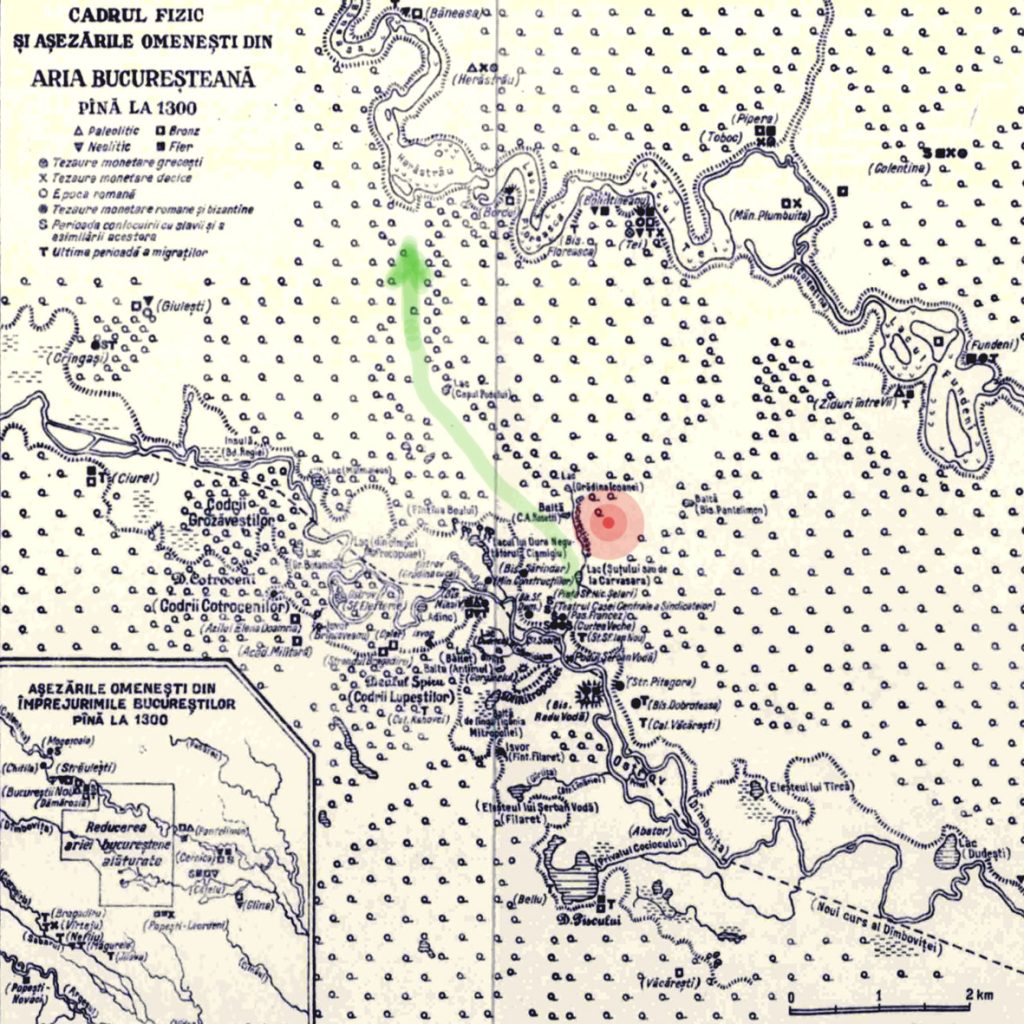
Naturally, we have no plans to confirm this distribution of the medieval city because the first maps we only have from the Russian and Austrian armies who, during their first occupation "visits" to Bucharest in their confrontations with the Ottoman Empire, needed to graphically represents the situation on the ground. However, it seems that, at the end of the 17th century, the northern limit of the city would have only reached the current route of C.A. streets. Rosetti and Maria Rosetti, so that our area of interest was right on the inhabited edges of it.
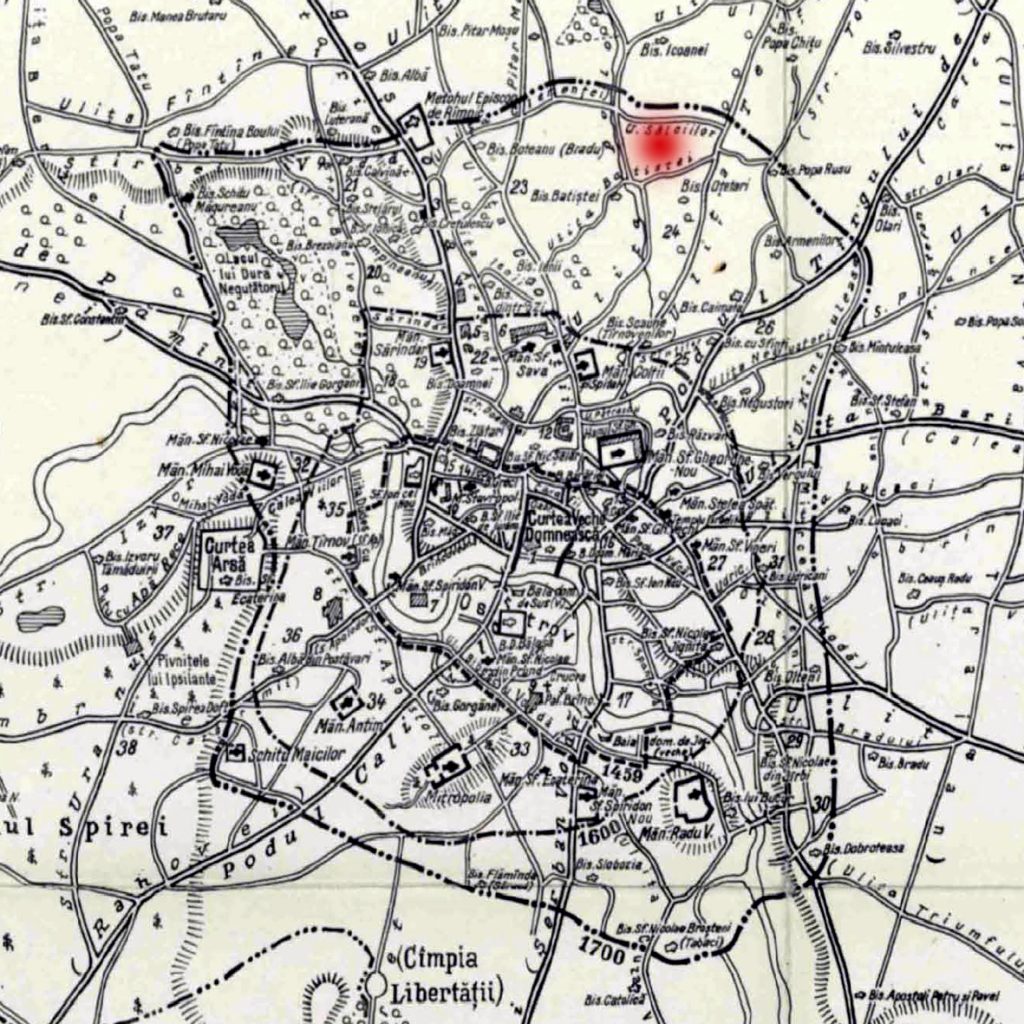
However, the first visual representations of the real situation on the ground come to us from the last years of the 18th century and the easiest plan to follow is the 1789 plan by Franz Baron Purcel. On this plan we can make out the only landmarks for the Bucharest of the time, the churches of Batişte (identified on this plan as the Mănciulescu church), Oţetari and Icoanei (formerly Ceauș David), a religious triangle that roughly determines in its center of gravity the place that interests us today, place where the house built a century later is located, in I.L. street. Caragiale no. 11 today.
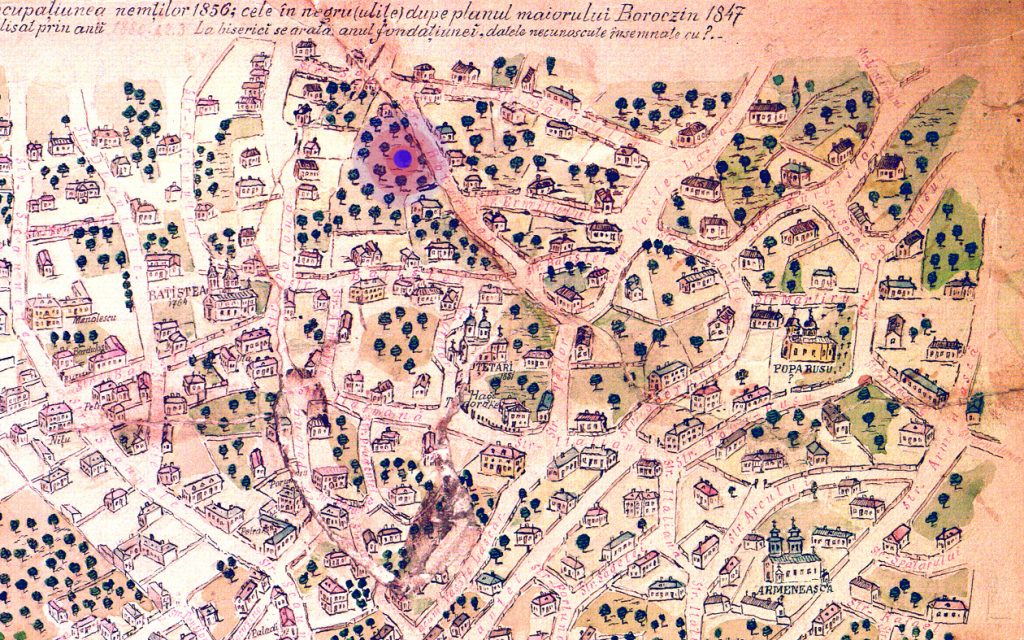
This place is one of the physical limits of Bucharest that marks its transition from medieval times to the modernity announced by Brâncoveanu and slowly promoted by the Phanariot reigns that followed.
